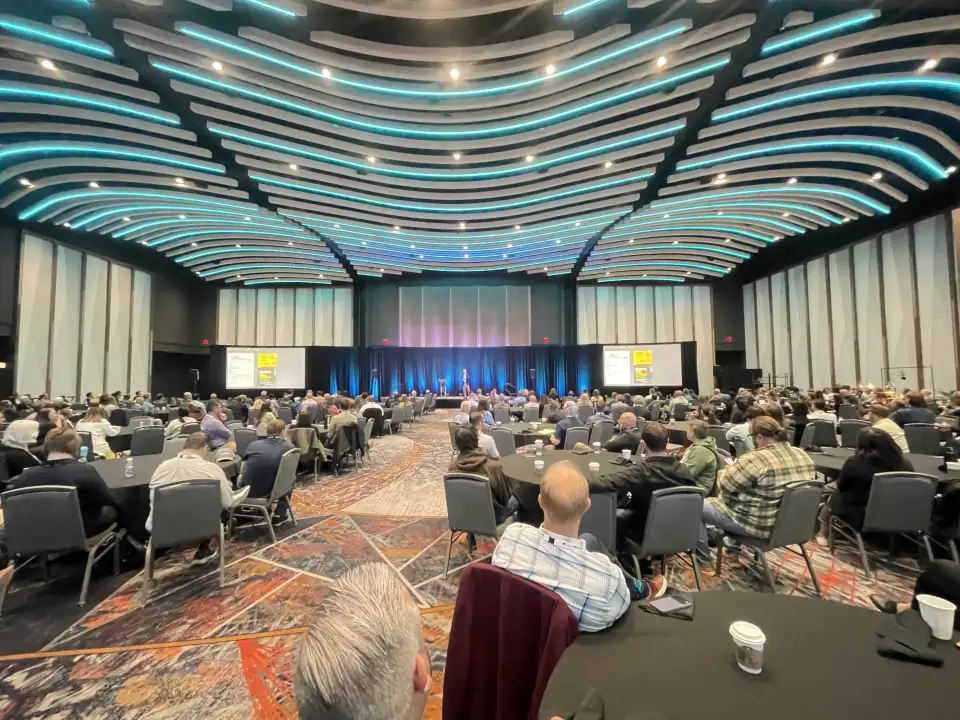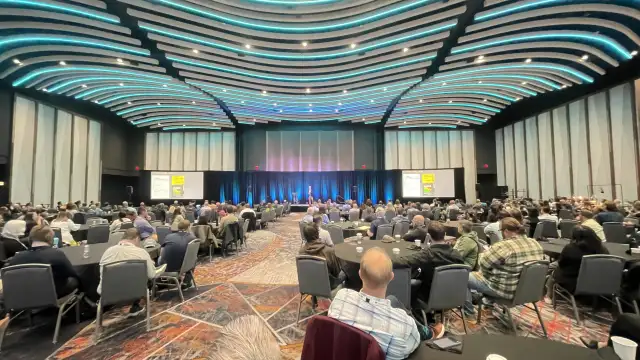However, there were two takeaways that had less to do with design or building science and more to do with finance, and they deserve special attention.
Most people reading this have bought into the idea that, in the words of Tom Bassett-Dilley, “We should build every building passive, because they’re more efficient and they’re more resilient.” However, it can be difficult to square this sense of purpose with real-world financial restraints. There are projects where the budget has been set and the additional upfront costs of passive building, even if within the range of 1% to 3%, make seeking certification unfeasible.
Sharing Equity
This was just one of the problems that presented itself to Madison-based Threshold Development Group as they were budgeting 252 Dunning, the first market-rate Phius project to be certified in the state of Wisconsin. “It was nothing but a series of obstacles,” said Tyler Krupp Qureshi, the development lead for Threshold, during their session on Tuesday.
Krupp Qureshi was joined by Sean Meyers, a licensed architect and CPHC who oversees development activities at Threshold; Kara Haggerty Wilson, an architect and CPHD with the project’s Passive House Consultant, Onion Flats Architecture; and Sean Size, a CPHB with Threshold Builds. Their presentation, “If You Make It, You Own It,” described how the team overcame each new obstacle and how they managed to use "creative financing" to reduce capital costs and complete the project.
One of the most creative methods was to give members of the construction team equity in the building in lieu of construction fees. Ultimately, it allowed Threshold to reduce total development costs by 2.7%. It also created a more cohesive team with more shared interests. After all, if the people working on the jobsite have a stake in the long-term success of a development, rather than a financial incentive to simply deliver the project and move on to the next one, then their motivations will align better what that of the owner.


























